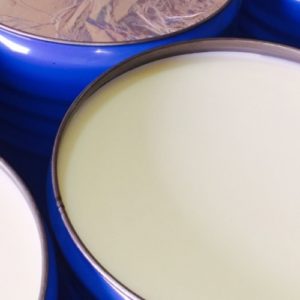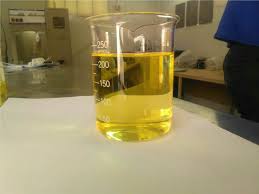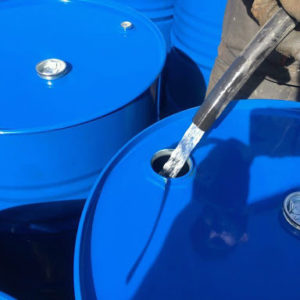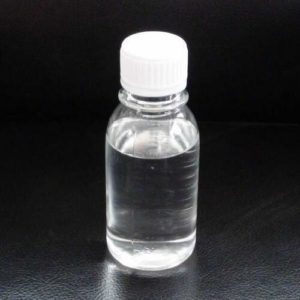Base Oil Groups
By the early 1990s, the American Petroleum Institute (API) had categorized all base oils into five groups, with the first three groups dedicated to mineral oils and the remaining two groups predominantly synthetic base oils.
Group I – These oils are usually processed with solvents and they have a good degree of solvency, but they are most vulnerable to oxidation and thermal degradation compared to oils processed in different manner. The oils of Group I are used in almost all applications in the automotive and industrial field and are important for the formulation of lubricating greases. Group I base stocks contain less than 90 percent saturates and/or greater than 0.03 percent sulfur and have viscosity index greater than or equal to 80 and less than 120.
Group II- base oils are characterized as being in excess of 90% soaks, under 0.03% sulfur and with a consistency index of 80 to 120. They are regularly made by hydrocracking, which is a more intricate process than what is utilized for Group I base oils They have high saturation levels, and good performance in terms of thermal and oxidation stability. These oils are used in a large range of automotive and industrial applications.
Group III- base oils are subjected to the highest level of mineral oil refining of the base oil groups. Although they are not chemically engineered, they offer good performance in a wide range of attributes as well as good molecular uniformity and stability. They are commonly mixed with additives and marketed as synthetic or semi-synthetic products. Group III base oils have become more common in America in the last decade.
Group IV- base oils are chemically engineered synthetic base stocks. Polyalphaolefins (PAO’s) are a common example of a synthetic base stock. Synthetics, when combined with additives, offer excellent performance over a wide range of lubricating properties. They have very stable chemical compositions and highly uniform molecular chains. Group IV base oils are becoming more common in synthetic and synthetic-blend products for automotive and industrial applications.
Group V- base oils are used primarily in the creation of oil additives. Esters and polyolesters are both common Group V base oils used in the formulation of oil additives. Group V oils are generally not used as base oils themselves, but add beneficial properties to other base oils. Some examples of Group V Base Oils are: Alkylated Naphthalene, Esters, Poly-alkylene glycols, Silcones, Polybutenes.
Base Oil Physical Properties:
Base oils are described by four physical properties that dictate how they will perform in service:
- Pour point. The lowest temperature at which a sample of oil can be poured determines the pour point.
- Viscosity. An oil’s resistance to flow defines the viscosity.
- Viscosity index. As an oil’s temperature changes, so does its viscosity, defining its viscosity index. A high viscosity index oil, for example, changes viscosity less with temperature than a low one. High Viscosity index base oils have lower volatility and are designed to operate at low as well as high temperatures
- Purity. Constituents of many lubricants such as sulfur, nitrogen and polycyclic aromatic compounds must be held within strict limits.
| GROUP | TYPE | SULFUR, WT% | SATURATES | VISCOSITY INDEX | PROCESS | COMMENTS |
|---|---|---|---|---|---|---|
| I | Mineral | > 0.03 and / or | < 90 | 80 – 119 | Solvent refined | Too much Sulfur for current specs |
| II | Mineral | ≤ 0.03 and | ≥ 90 | 80 – 119 | Hydro-Processed | Comparable Purity Increasing Viscosity Index |
| III | Mineral | ≤ 0.03 and | ≥ 90 | > 120 | Hydro-Cracked | Comparable Purity Increasing Viscosity Index |
| IV | Synthetic | All Polyalpha Olefins (PAO’s) | All Polyalpha Olefins (PAO’s) | All Polyalpha Olefins (PAO’s) | Chemical reaction | Synthetics |
| V | Synthetic | All other Synthetics | All other Synthetics | All other Synthetics | All other Synthetics | Small Volumes |





